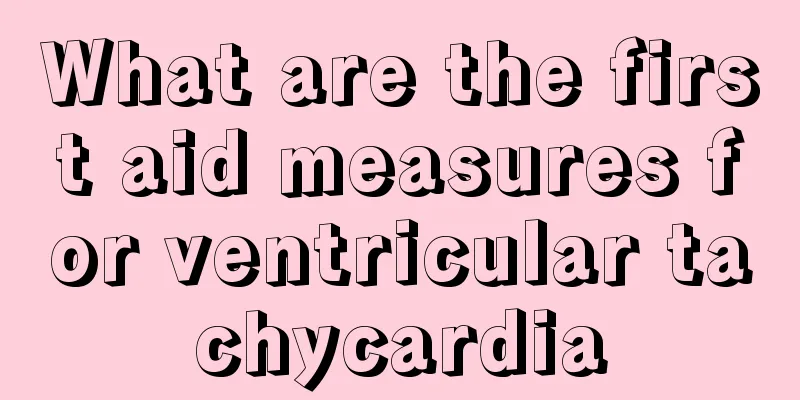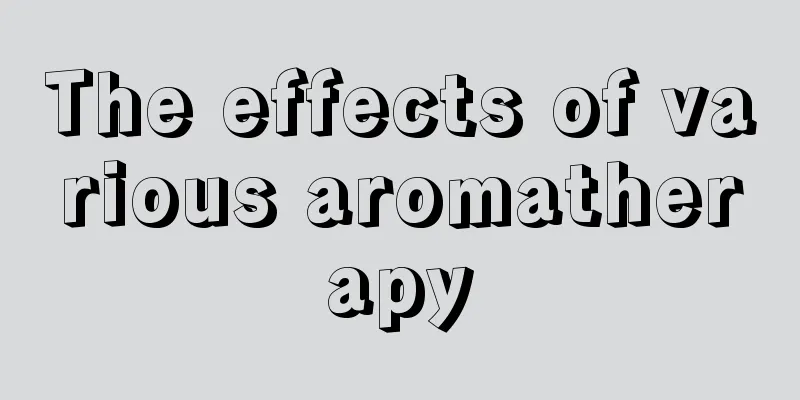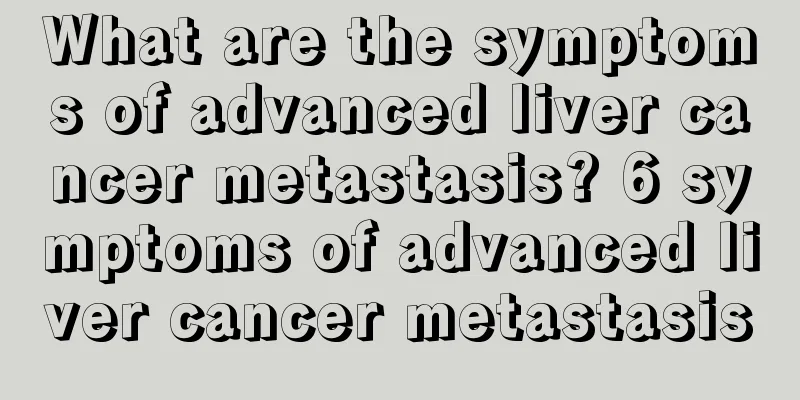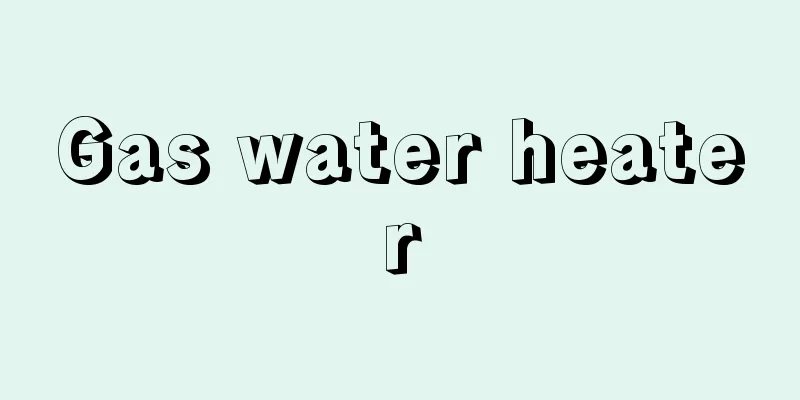What are the first aid measures for ventricular tachycardia

|
Many heart disease patients often suffer from ventricular tachycardia, which occurs suddenly and is clinically manifested by palpitations, shortness of breath, chest tightness, and some may even suddenly faint and lose consciousness. Ventricular tachycardia can also be seen in infancy, so when pseudocardia-like symptoms occur, timely emergency measures must be taken to reduce the occurrence of complications. Paroxysmal supraventricular tachycardia can occur at any age and is prone to recurring, but the first onset is more common in infancy. It is more common in patients without organic heart disease. Tachycardia occurs suddenly and stops suddenly. In mild cases, patients may feel palpitations and chest tightness. In severe cases, patients may experience dizziness or even loss of consciousness due to hemodynamic disorders. Children are more susceptible to arrhythmias because their cardiac conduction system is immature, their physiological functions are not perfect, and their autonomic nervous system is unstable. When paroxysmal supraventricular tachycardia occurs, patients should master the following self-rescue methods. First aid measures for ventricular tachycardia 1. Do the Valsalva maneuver The patient inhales as much as possible and holds his breath for more than 30 seconds; exhales forcefully; after taking a few deep breaths, repeat the process again. 2. Stimulate vomiting Use your fingers, chopsticks, or tongue depressor to stimulate the throat to the point of nausea, but not necessarily to induce vomiting. 3. Eyeball compression Look down, close your eyes, and use your middle finger to slide from the upper edge of the eye socket to the eyeball. Press the eyeball with appropriate force. Do this for 10 to 20 seconds each time, and no more than 30 seconds at most. Press the right eye first, then the left eye. At the same time, count your pulse or heart rate, and stop compression immediately once the tachycardia stops. Remember not to use too much force. If pressing on one side is ineffective, switch to the other side. Do not press on both sides at the same time. This method is not used for people with glaucoma and severe myopia. Use with caution in the elderly. 4. Diving reflex Take a deep breath, hold it, and immerse your face in ice water for 30 seconds. 5. Press the area between Zanzhu, Neiguan, Yamen and Fengchi. The above methods can stimulate the vagus nerve, inhibit the sinoatrial node, control ectopic heart rhythm, and terminate the attack of heart attack. Precautions If the above methods are ineffective, the patient should be sent to the hospital for emergency treatment as soon as possible; even if the above methods are effective, the patient should be sent to the hospital for further examination. |
<<: What are the classifications of Enterobacteriaceae?
>>: What medicine should I take for palpitations, shortness of breath and chest tightness?
Recommend
Eating banana, cereal and milk will cause poisoning
Bananas, cereals and milk are three of the foods ...
Can a man with liver cancer have children?
Liver cancer is the terminal stage of liver disea...
Life tips for removing freckles with zero side effects
Many people think that a small amount of freckles...
Early symptoms of cervical lymphoma
Cervical lymphoma is a common malignant tumor dis...
How to care for kidney cancer patients
Nowadays, many families are gradually having some...
How to make your hair look good and simple
Hair is a very important part of the face. A good...
How to judge the quality of follicles?
Under normal circumstances, the size of a woman&#...
Homemade contact lens solution
Now many people have found that wearing glasses a...
It is a good thing to fart all the time when eating bananas
Banana is a kind of fruit that everyone likes. No...
How much does it cost to professionally treat uterine cancer
When women are about to start enjoying a comforta...
What diseases can be detected by saliva examination
Today's medicine is very advanced, and many m...
The temporomandibular joint makes a sound when the jaw moves
People experience a variety of conditions when th...
Can rectal cancer be cured by radiotherapy?
The occurrence of rectal cancer has seriously aff...
What Chinese medicine can cure brain cancer
At present in our country, due to the continuous ...
What are the benefits of drinking plums soaked in water
Everyone must be very familiar with preserved plu...









